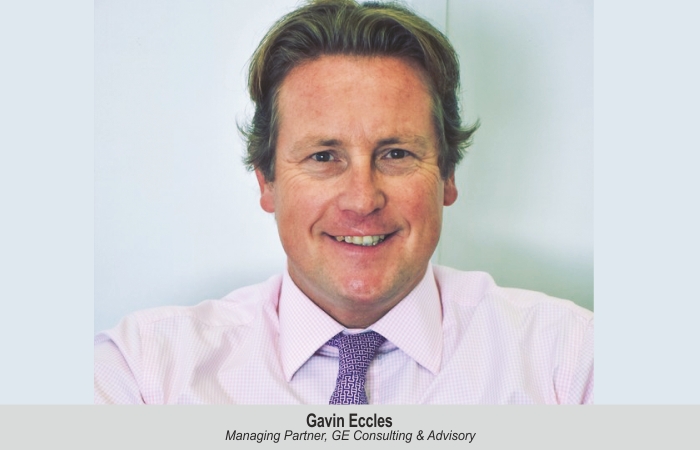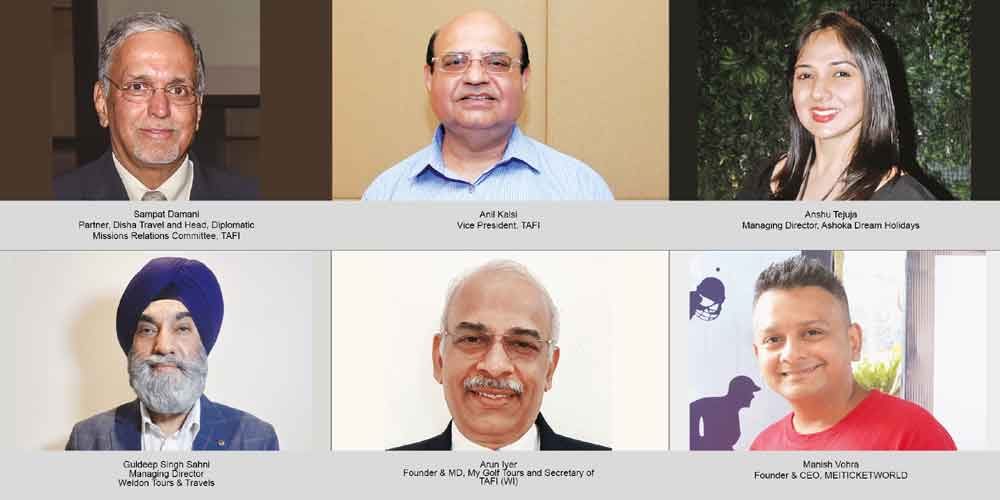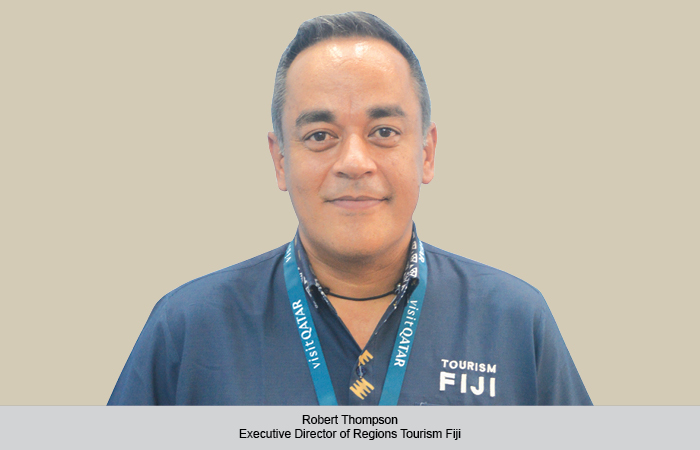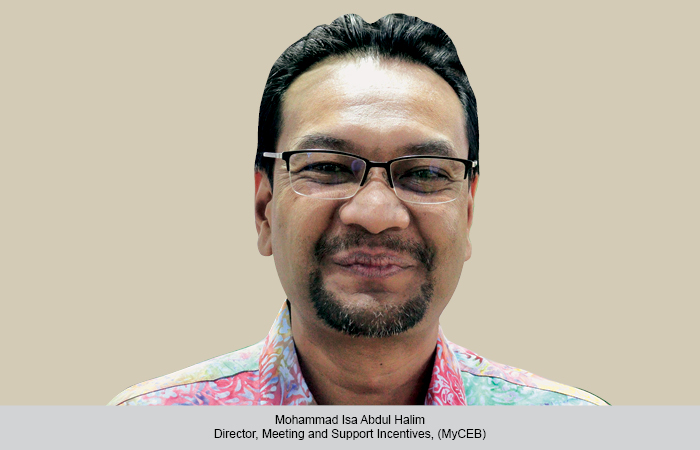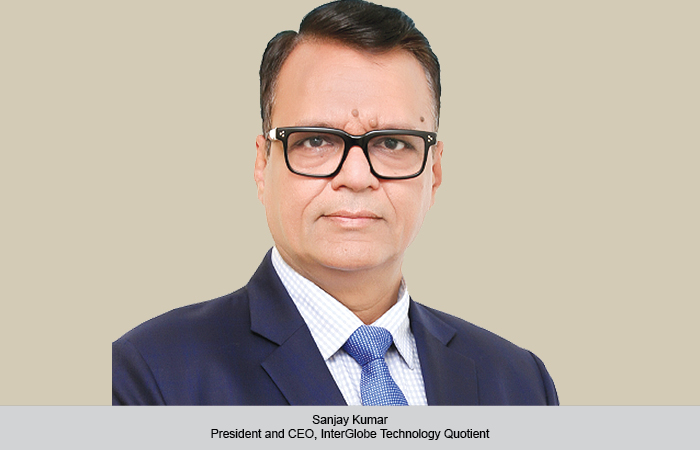The key to developing tourism holistically is to have an integrated strategy between regional airports, regional and national tourism boards of India, and airline/tour operators. Gavin Eccles, Managing Partner, GE Consulting & Advisory, shares his perspective.
Hazel Jain
How can the country develop its domestic tourism?
Key, is an integrated strategy between the regional airports,regional/national tourism board of India, and, the airline/tour operator partners. As Goa witnesses a reduction in airlines from Europe focusing on winter sun, competitor destinations such as Mombasa (Kenya) and Zanzibar (Tanzania) in Eastern Africa are gaining both charters and new long-haul leisure routes from Eurowings Discover. Incredible India is still a strong brand, but a brand needs more than just promotion.
Since the pandemic, LCCs are being touted as the best model to have. Is this true for India as well?
The pandemic has shown that the LCC model has been more adaptive to changing conditions. In markets such as Europe, the key LCCs of Ryanair, Wizz Air and EasyJet are able to work on pan-European routes as the markets opened. However, the carriers such as British Airways, Air France, KLM among others were connecting North America, with Asia-Pacific, were difficult for to re-start. Also, the flexibility of the LCC model allowed much easier discussions with airports to move to, two-week planning of services.
What have we learnt as we come through the pandemic? Well, an airline that has the chance to make quick route decisions, and build connections on changes in consumer demand will be more effective. With this in mind, many analysts believe in the LCC model.
Coming back to India, four of the major six carriers follow a similar approach to that of LCCs in the US and Europe have been following. IndiGo, SpiceJet, Go First and Air Asia India should be ready to adapt, and, look at how they plan and support route development, according to key changes in the tourism and aviation demand. Ensuring demand is driving supply, and trying to adapt our supply to the new demand. The process should be in-place, and, airlines implementing accordingly, and, as the Civil Aviation removes all caps on numbers of routes, and seats to be sold etc., It is time for the carriers adapted to the new realities and ensured that the demand drives the business.
Demand is higher than supply in India. Yet most Indian airlines are struggling. Why do you think this is so?
Stating that the airlines should be ready to work with the new operational realities is only one half of the story. The other is commercial. Looking at the Indian model, the four major domestic focused LCC players are all similar. In essence, there is no difference, and, as Michael Porter says, “There can only be one cost-leader. So, does that mean one is profitable, while the other three are losing money. And, throw-in Air India/Air India Express and Vistara, that, are not LCCs by definition, are they not, also offering no real difference to the four-LCCs on product, service, and price. So, potentially six airlines with no differentiation, and, when such a market has this kind of environment, it is the price that falls, and, commoditization kicks-in.
Airlines cannot make money when all are offering the same goodies. Either become the low-cost leader, and push this as a key DNA of your approach. If you look at the Cost Available per Seat Kilometre (CASK) of Ryanair, on average, it is half of their European legacy counterpart. Research focused on analysis by the Indian DGCA, highlights Indigo with an equivalent of 2.9 ` per km, with Air India at ` 5.7 for the same trip. Indigo is working the cost-side of the approach well, and, matches the halving of the flag-carrier airline model that is Ryanair v/s Lufthansa and the like.
However, the same research shows Revenue per Available Seat Kilometre (RASK) is at Rs. 3.4 for Indigo. So, it costs Rs. 2.9 to fly, and, we make Rs. 3.4. Ryanair, on the other hand, costs 3.2-euro cents to fly, and, they make 4.2-euro cents. A difference of a 17 per cent increase on CASK to RASK for Indigo, vs, 34 per cent for Ryanair. Ryanair is able to make such a difference in revenue generation with– ancillaries – that is, making money beyond the selling of a flight.
 TravTalk India Online Magazine
TravTalk India Online Magazine

